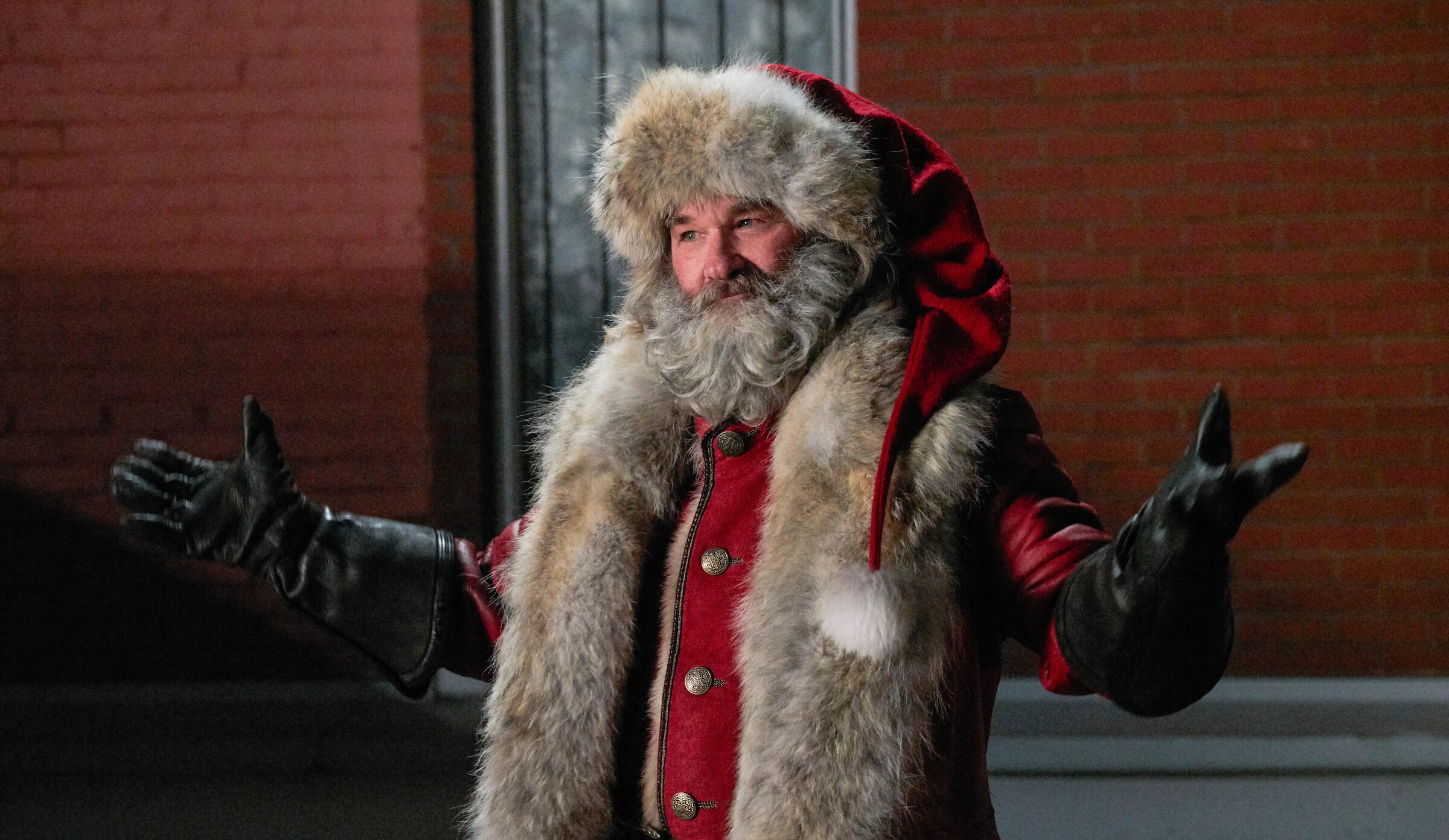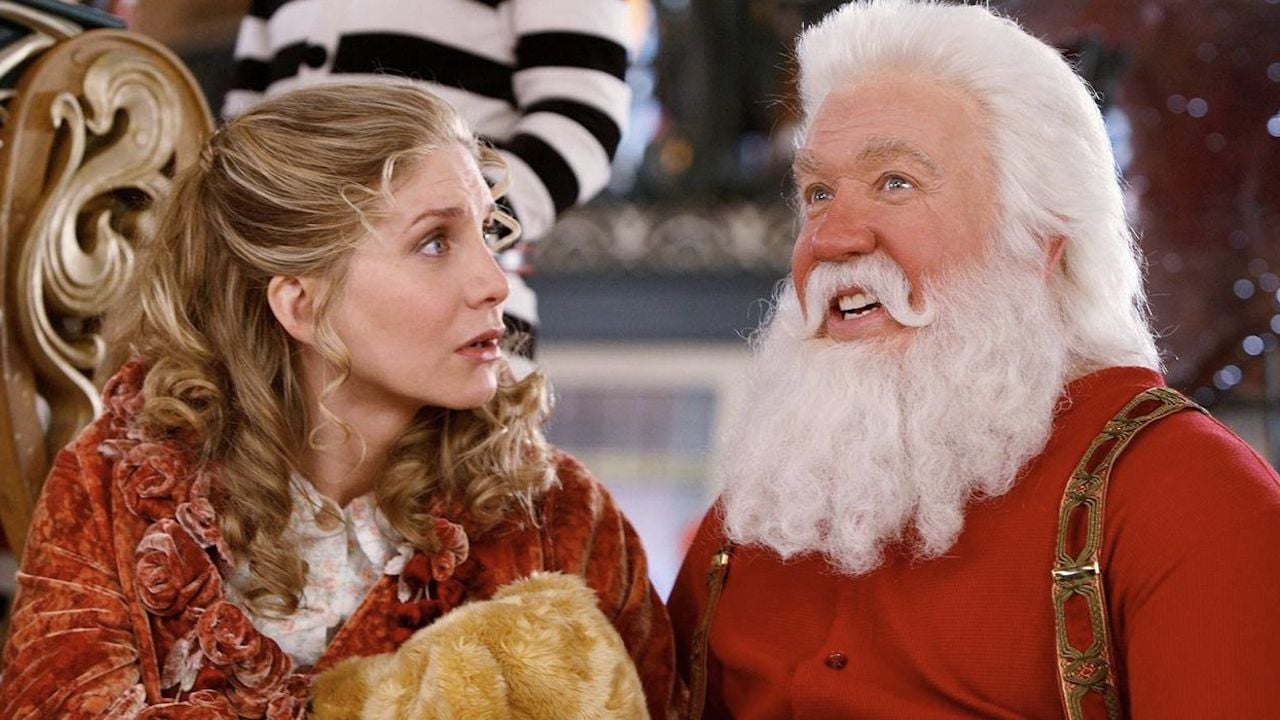When Santa Goes Dark: Using Familiar Characters in New Ways
December 16, 2022
When you see Santa waving from his red sleigh as it strolls down the Christmas parade route, is your first thought how can this guy take out well-trained terrorists, drink a lot and struggle to muster the joy of the holiday season? Not exactly.
Once upon a time, Santa Claus was the jolly old elf who brought cheer and good tidings to children everywhere. But recently, Santa has taken on a different kind of role. In films like Bad Santa, Fatman and Violent Night, Santa is a surly curmudgeon who is often quick to drink, overstressed by the holiday and questioning their role in the world.
What can writers learn about this well-known character and how Santa Claus has been written against type?
- They Question Their Role in the World
In each of the three films, the Santas are going through an internal struggle. Bad Santa is the only movie which the protagonist is a human and not the actual Santa Claus, but he still is a down-trodden loser who is barely a functional alcoholic. His only gift in life is being able to crack a safe. Yet, he wonders if life is even worth living anymore.
In Violent Night, Santa reflects while sitting at a bar in England if it’s even worth being Santa when the only thing kids seem to want is money and video games.
These Santas are questioning their role in the world. This is a great angle for someone in a position of power or with great responsibility. They struggle with the weight of their responsibility and all seem to use alcohol as a way to deal with the stress.
Questioning themselves is frequently used in stories as a catalyst for change, which includes Spider-Man and George Bailey from It’s a Wonderful Life asks themselves.
- Playing Up the Santa Tropes
Santa is known for a few certain things like a sleigh, reindeer, eating cookies, drinking milk and knowing who is on the nice and naughty list. Santa also has a stellar memory because he knows when you’re sleeping, when you’re awake and whether you’ve been bad or good.
In both Fatman and Violent Night, Santa has the ability to know people’s names and parts of their lives. It’s a talent that puts him in a position to confuse his enemies and throw them off their guard.
In both films, when Santa faces his antagonists, he can share why they were placed on the naughty list, what gifts they wanted as children and other pieces of their life that any mortal man wouldn’t know. It also shoves the blame onto the person as if the nice and naughty lists are guides for Santa rather than a choice he makes. This causes the villains to look inward instead of projecting outward.
Tropes are good at setting up expectations of the character and provides tools they can use to destroy their enemies.
- Kids are there, too
There’s nothing like the innocence of a child to change the cold heart of a curmudgeon Santa Claus. In Violent Night, there is a sweet girl who doesn’t want anything for Christmas other than her parents to get back together. It’s her wholesomeness that makes Santa believe in what he’s doing once again and help her defend her family against ruthless enemies.
In Bad Santa, the mall Santa known as Willie contends with a seemingly innocent boy who has been dealt a bad hand in life. His father is in prison, his grandma is aloof and he’s constantly picked on. He forces himself into Willie’s life and slowly wears him down until he finds that this kid might be someone good to have in his life.
Because kids still believe in the magic of Christmas they are a great catalyst to navigate Santa’s arc in the story. Even when kids are on the naughty list, like in Fatman, they still play a significant role in how Santa changes.
Kids make great characters in tales of morality. They don’t have to be the main character but they can be used to show the protagonist the world through innocent eyes and help change their hearts.
- Creating Character through the Unexpected
Santa is jolly and old, not strong and violent. Yet, to play against type and become the John Wick of the North Pole, the writers had to turn the concept of the familiar character on its head. Playing against type is a great way to create a compelling story, and it’s been done more than you may realize.
Santa in both Fatman and Violent Night are strong and they know how to fight. Believe it or not, there was a time when the thought of Liam Neeson playing an action hero was strange – he was 52 when he became an action star. Bob Odenkirk was 51 when he started kicking butt in Nobody. Just like these two heroes, Santa is the unexpected butt-kicker who the audience and the characters in the movie don’t expect to fight back.
Not every character goes from “wimp” to “warrior” though. The 1990s were filled with mob movies so naturally there came Analyze This, a movie about a mob boss with anxiety who couldn’t help but cry at heartfelt TV commercials. Then came The Sopranos playing a similar concept that showed the unexpected emotions of the head of a crime family.
The president of the United States isn’t known for their combat abilities, yet movies like Independence Day, White House Down and Air Force One used this to create an unexpected character. You wouldn’t expect the president to be able to fly in a fighter jet and launch missiles at an alien aircraft, nor would you expect them to take down a bunch of terrorists.
- Not a “Christmas” movie
Is Die Hard a Christmas movie? Before a massive debate starts, the truth is that depending how you look at it, the answer is both yes and no. Yes, because it takes place on Christmas Eve and has several elements that emphasizes the holiday season. No, because it’s an action movie.
Christmas movies have a primary categorization. Violent Night and The Santa Clause are both Christmas movies, but they need a better descriptor to let people know what they are going to watch and writers should define what type of Christmas movie they want to make.
Bad Santa is about a safe cracker who hates his life, drinks excessively and treats everyone around him like garbage – oh yeah, and he plays Santa Claus at the mall. And that’s what makes the movies a comedy first.
Violent Night is an action movie. It just so happens the protagonist is Santa and he must use his fists and a sledgehammer to murder the bad guys – and that’s what makes for a compelling angle. It’s no different than if it was the Easter Bunny, it’s still an action movie with the twist being the innocence of the holiday it relates to.
- Making Santa the Anti-Hero
An anti-hero is a protagonist who doesn’t have the conventional hero attributes that the audience expects. So, how can you turn Santa Claus into an anti-hero?
You have to give him complicated issues to deal with and turn him into a human character.
In Bad Santa, Fatman and Violent Night, each character becomes a human version of the mythical Santa Claus – Bad Santa being an exception since the lead character was never the actual Santa. But still, he’s a complicated figure with no filter and willingness to take advantage of everyone he meets.
Fatman shows Santa dealing with financial issues and having to go against his morals to accept a government contract to help build weapons. The audience sees Santa as a strong character who punches a bag, can lift heavy objects with ease and manages the day-to-day operations in the North Pole, which is more a farm and factory than the magical destination.
Violent Night has a reluctant Santa who doesn’t want to get involved in the dangerous situation at the house where he’s delivering presents. The audience gets a glimpse into his extremely violent past and his ability to fight well-trained bad guys.
These aren’t the conventional heroes we expect in a Santa Claus, which makes them compelling anti-heroes.
Want some tips on writing during the season? Check out How to keep writing during the holiday season
Written by: Steven Hartman
Steven Hartman is an award-winning, optioned screenwriter. He was a Top 5 Finalist in Big Break’s Historical Category in 2019 and won Best Action/Adventure in Script Summit’s Screenplay Competition in 2021. He holds a Bachelor of Arts degree from Columbia College and had internships at Jerry Bruckheimer Films and Village Roadshow Pictures. Steve is a full-time writer and creative video producer by day and a screenwriter and novelist by night.- Topics:
- Screenwriting & Craft




